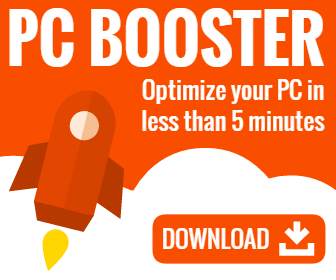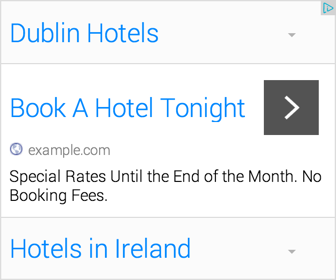In recent years, the topic of student loan forgiveness has garnered significant attention. With millions of borrowers grappling with student debt, the idea of loan forgiveness offers a glimmer of hope. But what exactly does student loan forgiveness entail, and how does it impact borrowers? Let’s delve into the key aspects of this policy and its implications for those affected.
What Is Student Loan Forgiveness?
Student loan forgiveness refers to the cancellation or reduction of a borrower’s student loan balance. This can occur under specific conditions, such as fulfilling a service requirement or demonstrating financial hardship. The aim is to alleviate the financial burden on borrowers and make higher education more accessible and equitable.
Types of Student Loan Forgiveness
- Public Service Loan Forgiveness (PSLF):
- Eligibility: Borrowers must work full-time for a qualifying employer, such as a government agency or a non-profit organization, and make 120 qualifying payments under a qualifying repayment plan.
- Process: After meeting the requirements, borrowers can apply for forgiveness of the remaining balance on their Direct Loans.
- Income-Driven Repayment (IDR) Forgiveness:
- Eligibility: Borrowers enrolled in an IDR plan, such as Pay As You Earn (PAYE) or Income-Based Repayment (IBR), may have their remaining loan balance forgiven after 20 or 25 years of qualifying payments.
- Process: Once the repayment term is complete, any remaining balance is forgiven.
- Teacher Loan Forgiveness:
- Eligibility: Teachers who work in low-income schools for five consecutive years can receive up to $17,500 in loan forgiveness.
- Process: Teachers must apply through their loan servicer and provide evidence of their employment and qualifying activities.
- Total and Permanent Disability Discharge:
- Eligibility: Borrowers who are deemed totally and permanently disabled may qualify for a discharge of their federal student loans.
- Process: Proof of disability is required, often through documentation from the Department of Veterans Affairs or the Social Security Administration.
Recent Developments and Legislative Changes
Student loan forgiveness has been a hot topic in recent legislative discussions. In 2022, the Biden administration introduced a plan to forgive up to $20,000 in federal student loan debt for borrowers with Pell Grants and up to $10,000 for other borrowers. However, this plan faced legal challenges and was put on hold, leaving many borrowers uncertain about their future.
In addition to federal initiatives, some states have implemented their own student loan forgiveness programs, offering relief to borrowers in specific professions or regions. These programs can vary significantly in terms of eligibility and benefits.
The Impact of Loan Forgiveness
Student loan forgiveness can have profound effects on borrowers and the broader economy:
- Financial Relief: For many borrowers, forgiveness can significantly reduce or eliminate debt, freeing up resources for savings, investments, or other life goals.
- Career Choices: Forgiveness programs like PSLF can encourage individuals to pursue careers in public service or teaching, potentially addressing shortages in these fields.
- Economic Stimulus: By reducing debt burdens, forgiveness can increase disposable income, potentially boosting consumer spending and economic growth.
Criticisms and Challenges
Despite its benefits, student loan forgiveness has faced criticism and challenges:
- Equity Concerns: Some argue that forgiveness primarily benefits higher-income borrowers who have attended more expensive institutions, while those who did not pursue higher education or attended less costly schools may see little benefit.
- Cost to Taxpayers: The financial impact on taxpayers and the federal budget is a significant concern, with critics questioning the long-term sustainability of large-scale forgiveness programs.
- Administrative Hurdles: Navigating forgiveness programs can be complex and time-consuming, with many borrowers struggling with paperwork and eligibility requirements.


